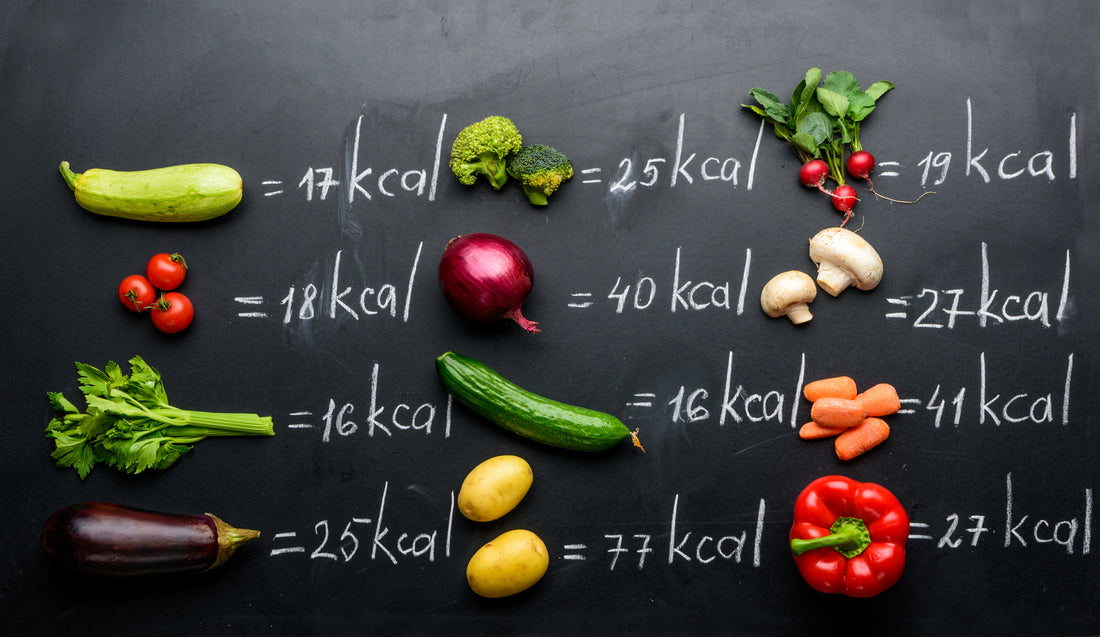Class is in session and today, we’re learning about thermodynamics. Don’t worry, while we’re going to talk physics, we’ll keep the explanations simple.
You might be surprised at how much you already know about this complex concept—especially when it comes to dieting. So, without further delay, let’s talk about thermodynamics and your body, and why this concept is so important if you’re trying to get in shape.
The first law of thermodynamics
There are actually three chief laws of thermodynamics—but for now, we’re just going to focus on the first and most important one: the Law of Conservation of Energy. If you need a refresher: “energy cannot be created or destroyed, only converted from one form to another.”
Why is this important for fitness? Because it governs the relationship between the food we eat, the exercise we do and our body composition. They all involve energy, and when you master the First Law of Thermodynamics, you master fitness.
The energy cycle in our bodies
Let’s take a look at the cycle of energy that takes place within our bodies, according to the Conservation of Energy.
- First, we eat food, which is packed with the macronutrients we need to function.
- Our bodies break down the food, burning carbs (or fats) for fuel.
- We use the energy we get from food to move our bodies, including working out.
- When we expend energy working out, we need to replenish it, so we eat.
This simple cycle repeats itself over and over again, day after day. Food becomes fuel, which we burn via exercise. In scientific terms, our bodies are factories for turning potential energy into kinetic energy.
Unfortunately, many of us struggle with this conversion—we don’t expend as much energy as we take in from food. And, because it can’t be created or destroyed, that energy stays within us. It’s stored in fat cells, in the form of calories. We’ll keep accumulating calories (energy) if we don’t expend more than we take in.
The calorie equation
If this is getting a little too scientific, that’s okay—there’s a way to simplify everything through one simple equation:
Calories In – Calories Out = Net Calories
When calories consumed (eating) exceed calories expended (exercise), you’ll run at a calorie surplus—which means your body will store the excess. However, if calories out exceed calories in, you’ll run at a calorie deficit—which means your body will tap into stored energy to meet your demands for it.
You don’t need to be a physicist to realize that running a calorie surplus means weight gain, while running a calorie deficit means weight loss. That’s right: the entire idea of weight loss boils down to simple subtraction.
There’s more to it than calories
Running a calorie deficit all but guarantees weight loss—it’s simple physics. That said, cutting calories indiscriminately can be as harmful as it is helpful. You still need to make sure your body gets the precious macronutrients it needs. A calorie deficit will help you shed pounds; a balanced diet will keep you healthy while you drop the weight.
Check out other blog posts and articles!

